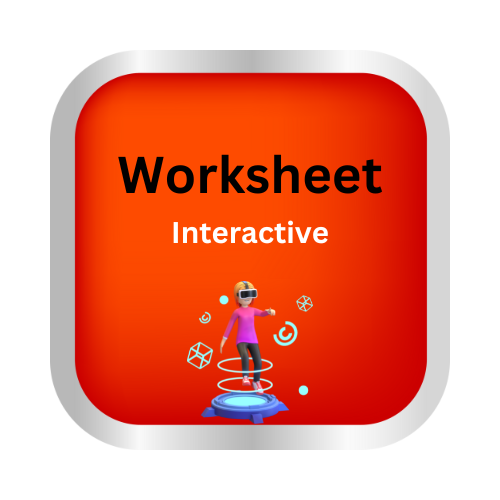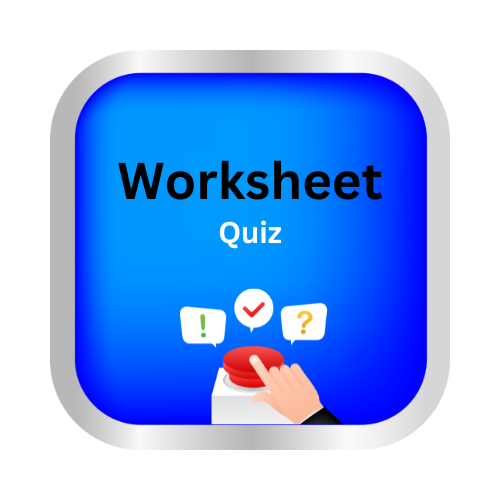Choose the best transition
key notes:
- What are Transitions?
- Transitions are words or phrases that help connect ideas and sentences, making writing easier to follow.
Examples: first, next, then, finally, because, but, so, however
- Why Use Transitions?
- Transitions make your writing smooth by showing how ideas fit together. They help the reader understand the order of events or the relationships between ideas.
Example: First, I woke up. Then, I ate breakfast.
- Types of Transition Words:
- Time/Sequence Transitions: These show the order in which things happen.
Examples:- First, I brushed my teeth.
- Next, I ate my breakfast.
- Then, I went to school.
- Finally, I played with my friends.
- Cause and Effect Transitions: These explain why something happens or what happens as a result.
Examples:- I brought an umbrella because it was raining.
- She was tired, so she went to bed early.
- Contrasting Transitions: These show a difference or contrast between two ideas.
Examples:- I wanted to go outside, but it was raining.
- He likes pizza, however, he doesn’t like pasta.
- How to Choose the Best Transition:
- For time or order of events: Use words like first, next, then, finally.
- For reasons: Use words like because, since, so.
- For opposite ideas: Use words like but, however, although.
- Examples of Choosing the Right Transition:
- Example 1:
I woke up late. __, I missed the bus.
(Best transition: As a result, so) - Example 2:
It was a sunny day. __, we went to the beach.
(Best transition: Therefore, so) - Example 3:
I like ice cream. __, my sister likes cake.
(Best transition: But, However)
let’s practice!

